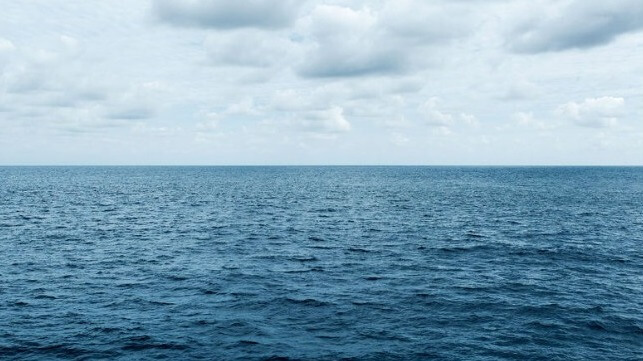UN Resumes Work on Treaty to Protect the High Seas

The United Nations is resuming negotiations this week on the High Seas Treaty that has been dragging on for a decade. The discussion will be a continuation of the progress made in March when delegates met for the fourth time at UN headquarters in New York to finalize the legally binding treaty.
The meeting held in March featured elaborate joint proposals and earnest negotiations, both of which have been perennially missing in the previous rounds, pointing to a commitment by the UN to have an operational High Seas Treaty in the near future.
The high seas, also commonly referred to as international waters, comprises the most significant part of the ocean. In fact, two-thirds of the world’s oceans are currently considered international waters, which means all countries have a right to fish, ship, and do research there.
The negotiations recognize international waters as being more than 320 kilometers (200 miles) from any shore. Yet, despite teeming with life, and supporting diverse ecosystems critical to life on earth, only 1.2 percent of these high seas are currently protected.
In addition, ecosystems in the high seas are poorly documented, raising concerns among conservationists that some creatures could become extinct before they are discovered. Marine life in the high seas is also increasingly being exposed to threats of climate change, overfishing, and shipping traffic.
“This treaty is of major importance because it is going to provide a framework – a compass – for the principles and rules guiding the entire international community in managing this common space,” said Julien Rochette, a researcher with the Institute for Sustainable Development and International Relations (IDDRI)
During this round of negotiations, which runs through to August 26, delegates will be performing a tricky balancing act. On one hand, a compromise has to be made on protecting the ocean and regulating human activities, while also guarding freedoms on the high seas guaranteed in the Law of the Sea.
Some of the notable texts in the proposed High Seas Treaty that will be tabled for the final agreement include the creation of area-based management tools and marine protected areas. However, delegates will have to agree on how the Treaty of the High Seas will interact with other regional organizations already managing some specific activities on the high seas to offer holistic ocean protection.
Further, the delegates' goal is to finalize the strategy to share benefits derived from the exploitation of marine genetic resources – namely materials from ocean plants, animals, and other organisms that may be commercially or scientifically valuable. The Law of the Sea provides that all nations must fairly benefit from marine genetic resources.
The opinions expressed herein are the author's and not necessarily those of The Maritime Executive.
